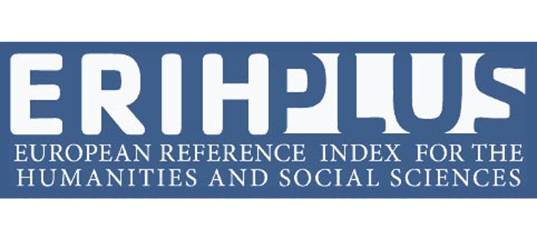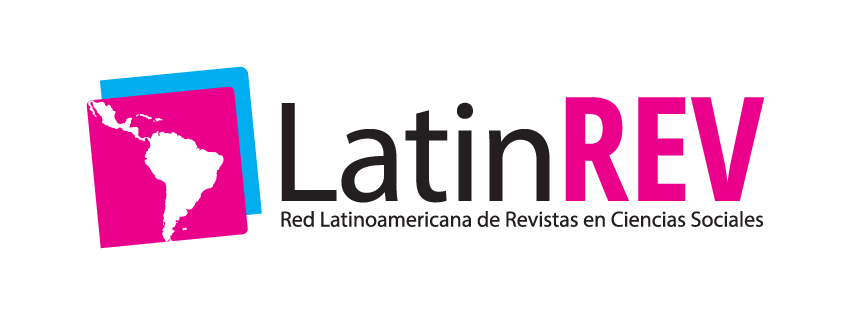Application of the Six Sigma Methodology to reduce the variability of quality in the production of yarn for Flat Weaving
DOI:
https://doi.org/10.46480/esj.5.3.149Keywords:
Desviation, Efficiency, Title, Weft, Warp, VariableAbstract
The Weaving area is in charge of obtaining a fabric in perfect quality conditions and complying with the scheduled time. For this, the Real and Operational Efficiencies with which they work within the area are very important and necessary to comply with, since this section is the bottleneck of any company, due to the time it takes to weave an article. To carry out this study we will focus on the production of yarn with the following characteristics: Warp yarn: 20Tex title, 100% Co. Weft yarn: 23.5Tex title, 100% Co. It will begin with the description of the Six Sigma methodology, which is the focus of the problem, analyzing the goals with which they are managed in the Weaving area against the situation currently. Next, the second part of Six Sigma will be detailed, which is to specify the problem with the historical analysis of the process regarding quality deviations and their impact variables, production and quality indicators will be established. We will establish goals, defining control methods to reduce variability in the process, we will carry out tests of defined batches during production time and record the results. Monitoring of plant tests, with their respective documentation of results. Finally, the last part of Six Sigma will be detailed, which is monitoring results and processes. Measure with indicators the effects found in the process. Establishing successful methods and procedures. Defining the points that require specific controls and calculations of the results obtained in efficiency and quality.
Downloads
References
Besterfield, Dale. (1994). Control de Calidad. Cuarta Edición. México.
Carrera, Gallissá Enric, (2017). Física Textil: Propiedades físicas para caracterizar la calidad de las fibras textiles Universidad Politécnica de Catalunya, primera edición julio, Terrassa.
Dicovskiy, Luis María. (2016). Estadística Básica para Ingenieros.
George Eckes. (1996). El Six Sigma para todos. Norma Editorial. Bogotá.
George, Mike. (2004) ¿Qué es el Six Sigma Esbelto? Panorama Editorial S.A. México.
Giraldo, John Fabio. (2015). Manual Técnico Textil, cuarta edición, Medellín Colombia.
Kanban tool. (2009-2021). Shore Labs. ¿Qué es el Análisis de Causa Raíz? Obtenido de: https://kanbantool.com/es/guia-kanban/analisis-de-causa-raiz. 15 agosto 2021.
Lockuán, Fidel Eduardo, (2013). La Industria Textil y su control de calidad: Fibras textiles, Versión 0.1, bajo licencia Creative Commons Atribucion-NoComercial-Compartirlgual 3.0 Unported. Basada en una obra en http://fidel-lockuan.webs.com.
Lockuán, Fidel Eduardo. (2012). La Industria Textil y su control de calidad: Tejeduría, Segunda revisión, bajo licencia Creative Commons Atribucion-NoComercial-Compartirlgual 3.0 Unported. Basada en una obra en http://fidel-lockuan.webs.com.
Lockyer, Keith. (1990). Control de Calidad y Producción Industrial. Tomo I. Ediciones Alfaomega.
Pande, Neuman y Cavanagh. (2002). Las claves del Seis Sigma. McGraw-Hill. México.
Socconini, Luis. (2014). Certificación Lean Six Sigma Yellow Belt para la Excelencia en los Negocios. 1ª edición Marge Books Editorial. Barcelona.
Published
Issue
Section
License
Authors retain the copyright of their articles and are therefore free to share, copy, distribute, perform, and publicly communicate their work on their personal websites or in institutional repositories after its publication in this journal, provided that full bibliographic information is given to acknowledge its original publication.































